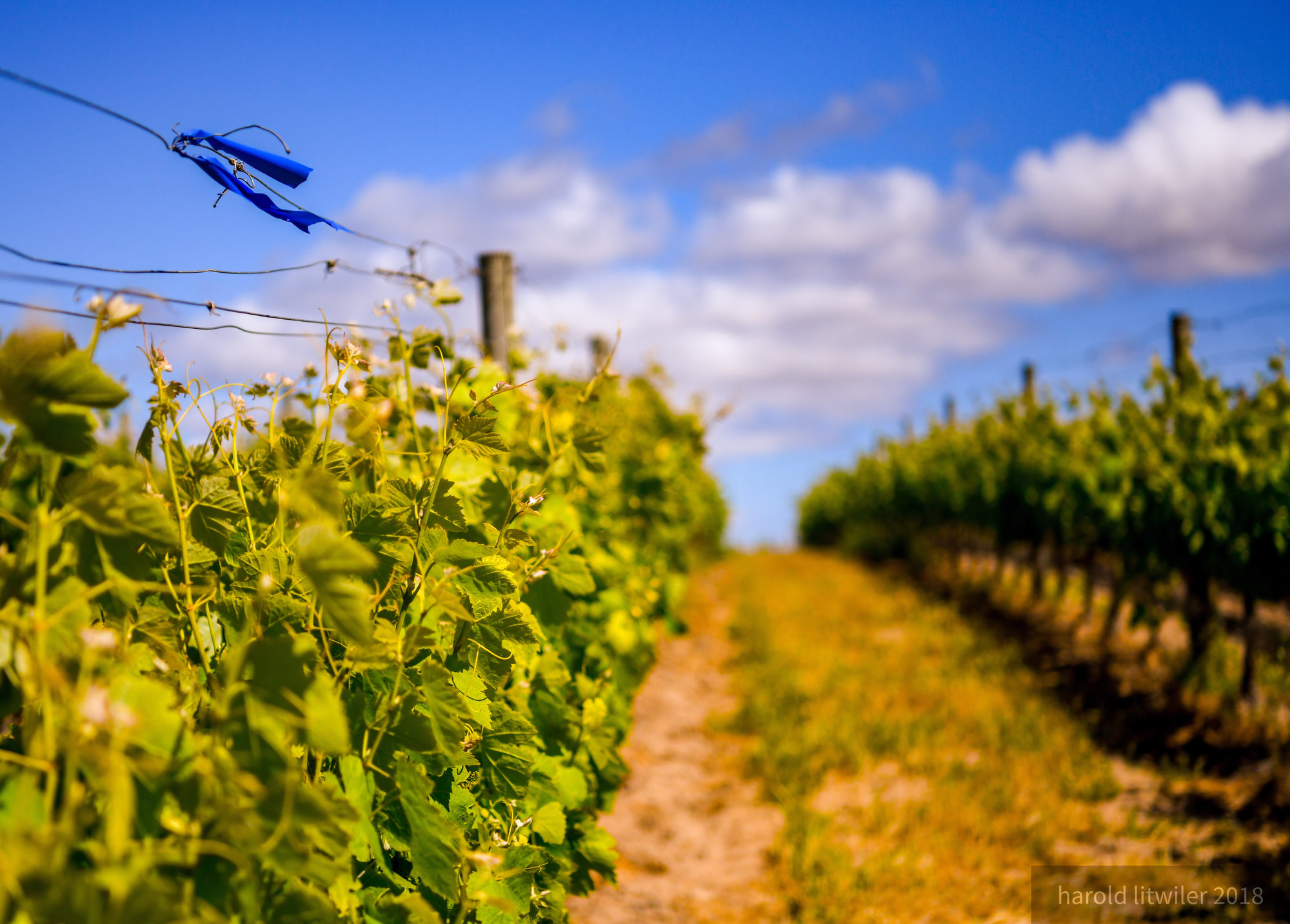Evaluating the Climate Mitigation Potential of Natural and Working Lands in Santa Barbara County

The state of California is experiencing the physical and economic impacts of greenhouse gas-induced climate change. To respond to this challenge, the County of Santa Barbara adopted a target of reducing emissions 50% below 2007 levels by 2030. Natural and working lands represent an important pathway to mitigating the effects of climate change due to the carbon sequestration potential of the vegetation and soil on these lands. This project quantifies existing carbon stocks on the county’s natural and working lands and projects future sequestration that could result from implementing climate-smart land management practices. The majority of stocks are in natural lands, but the county’s working lands are more actively managed and represent an opportunity to increase carbon sequestration. We modeled two implementation scenarios of a set of management practices to account for uncertainty in current implementation and future feasibility. Of the practices we evaluated, composting showed the greatest potential for increasing carbon stocks; a high-composting scenario could potentially sequester the equivalent of 14% of the county’s projected greenhouse gas emissions in 2030. Based on input from stakeholders, we discuss barriers to implementation and related solutions that the County can pursue to promote and incentivize greater adoption of selected carbon-storing practices.
Acknowledgements
County of Santa Barbara: Selena Evilsizor and Garrett Wong
Rincon Consultants, Inc.: Camila Bobroff, Lexi Journey, and Jon Montgomery
Bren School: Sarah Anderson, Professor; James Frew, Associate Professor, John Melack, Distinguished Professor
SBC Land Stewardship & Carbon Farming Coalition
James S. Bower Foundation